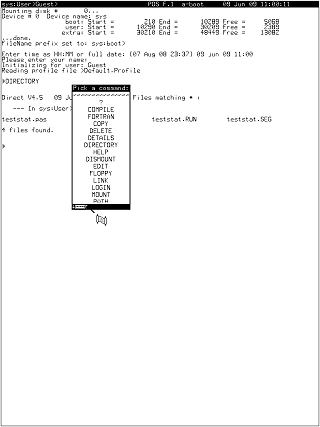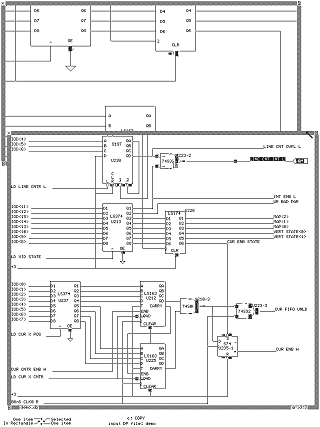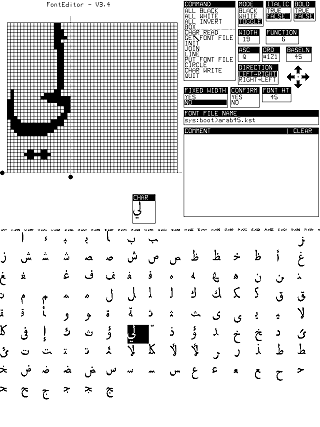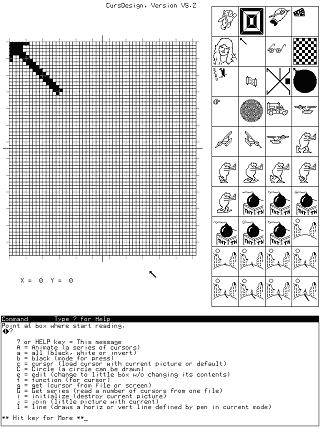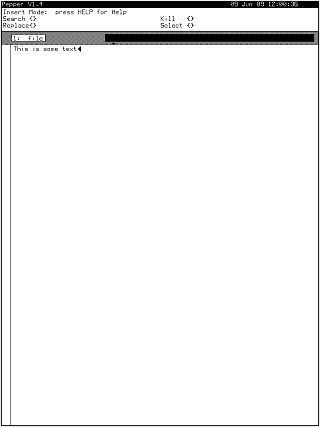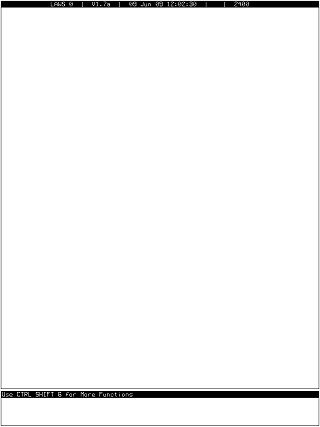|
|
Location: GUIs >
Xerox >
Perq Operating System Screen Shots Just when I was thinking there was no hope of me ever seeing the Perq software in action, Josh Dersch has created a Perq emulator! Give this guy a medal! These screen shots are of the Perq Operating System (abbreviated POS) revision "F.1". The emulator includes a hard disk image with software loaded from the bitsavers Perq archive. There is also a disk image dumped from an actual production Perq, but there is not quite as much to see there. The emulator does not yet run Accent Unix, and some of the POS applications do not run exactly right. For general information on the Perq systems see my other Perq page
POS is text command line based, but instead of using character cell video (where one byte in memory represents a character on the screen) everything is drawn on a 768*1024 monochrome bit-mapped display. The operating system is single-tasking and quite DOS like, in that when an application runs, it pretty much takes over control of the display and what can be done while the application is running. The only graphical element here is a pop-up menu that lists some of the available commands. Notice the tiny scroll bar at the bottom of menu and how the mouse/tablet cursor changes to a "scroll". Interestingly, this is about the only place a menu appears. Most of the applications don't even have text menus and expect the user to remember numerous key commands.
This application is called "DP", which stands for Drawing Package. It is a CAD-like system that manipulates shapes rather than bit-mapped images. Its primary use is for circuit design, but it can also be used to create diagrams, flow charts, architectural layouts, organization charts and forms. DP features multiple layers, hierarchically nested symbols, and multiple windows. Windows can be resized and overlap. Different files can be loaded in to each window and manipulated. In the above screen shot I loaded the same file in to each window and the top one is zoomed in. I couldn't help but notice the "resize" box in the upper right is similar to that used in Microsoft Windows 1.0. Different actions are executed by pressing different keys on the keyboard - no list or menu of them is shown on the screen . The bottom left, however, does display the current actions associated with the buttons on the Perq graphics tablet or mouse. Note the emulator has some slight glitches drawing curves and circles.
Mint's formatting abilities include multiple fonts, font sizes, tables,
and mathematical equations.
|
